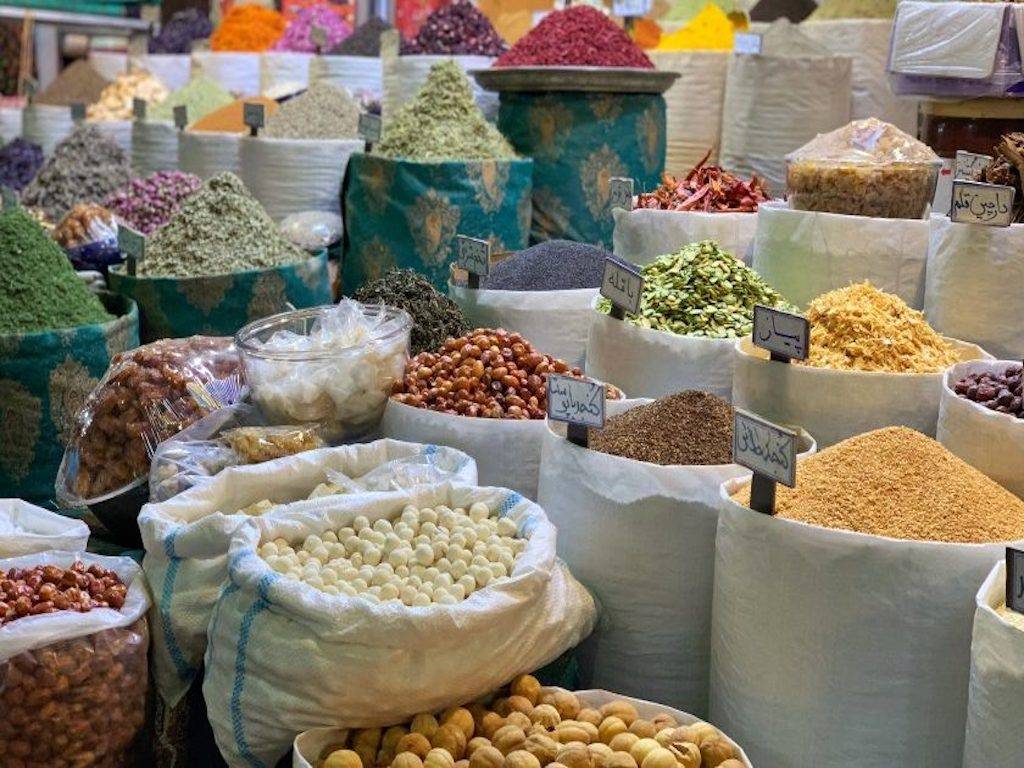
International prices of agricultural commodities selling at a high pace for a variety of reasons like bad weather, high-friendly monetary policy and, not least, crude-oil geopolitics. For the last eight months or so, the market has come together.
The weather impacts of La Nina, in particular in South America and parts of Europe, mean the multi-jear trade of corn, cocoa, cotton, soybean, palm oil and other crops.
Another driving force is the rising crude oil market (Brent near 70 USD a barrel), as higher energy rates drive up mechanized farming costs, increase refining and sea freight costs, and encourage budgetary combination for organic fuels.
Furthermore, global supply chain disruptions resulting from the pandemic of the past 12 months encourage countries with an inventory of food deficit. The flow of speculative capital in stock exchanges, which has an exaggerated effect on markets, has intensified this heated blend.
Tight supplies:
It is no surprise that agri-food prices are trading internationally for many years. That again spurred discussions about the super cycle of the agri-markets. In recent estimates, the world agri-markets are very unlikely to see a mega cycle. We've all seen this. Higher prices from 2010 to 2012, exacerbated by low cash, high crude oil levels, bad weather and speculative capital in the following years gave way to demand growth and dropped stock prices.
Of course, the production and not the demand side is the driving force on the industry more frequently than not. Tight stocks this time are no different. We have seen agricultural production rise more quickly in normal conditions than growth in demand, except in abnormal weather conditions.
Value & Manufacturing:
Again, the functional link between prices and agricultural output, particularly in the Western economies, has been well recognized. Because farm production depends on price, the current high prices will certainly inspire farmers all over the world to grow land, develop agricultural practices and produce larger crops in the coming months.
Seeds are expected to begin in the northern hemisphere (USA, Canada, Europe, Asia). The planted area is to be increased for main grains and olive plants. By August, the planet will get a fairy good sense of how big crops are going to begin to lower the costs. Higher production of cereals (weat, maize) and oilseeds would be fair to predict (soyabean, palm oil).
Our nation has very good opportunities for rabi (wheat, pulses, oilseeds). Increased global prices can give domestic prices a certain strength, but also open up export opportunities, such as wheat. Importantly, the plantation of the Kharif season will give the growers a hopeful signal.
In 2021 two halves will be reached, with solid prices in the first half and lighter prices in the second half. The market reaction of the production is obvious.

















